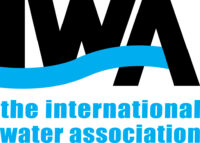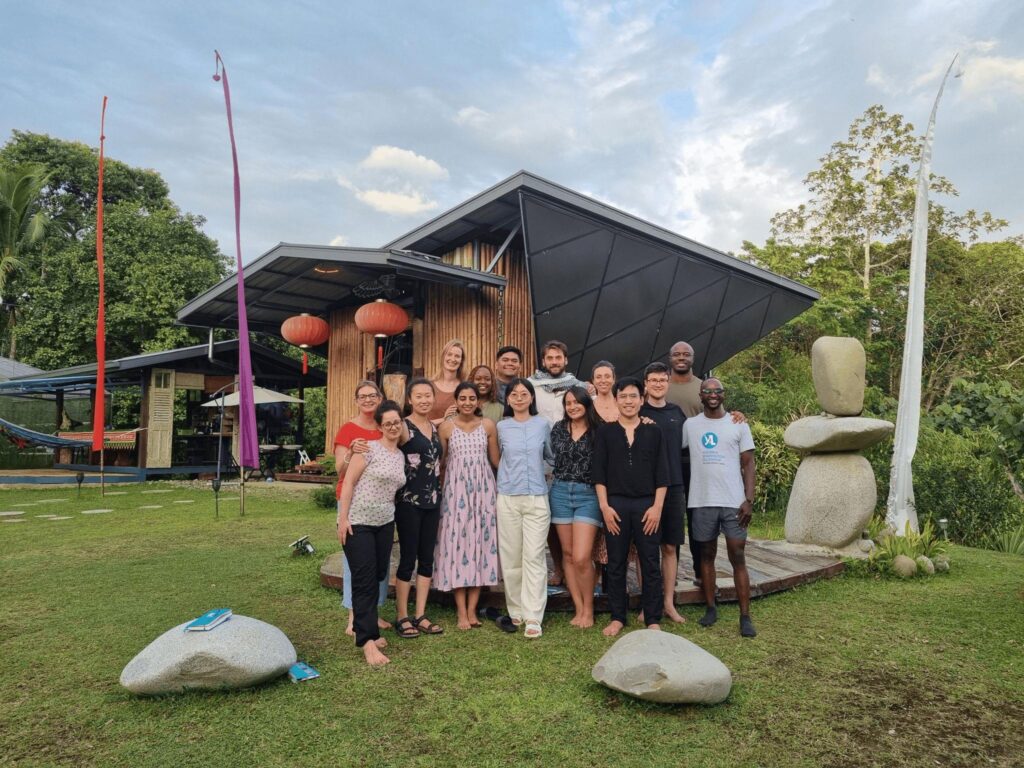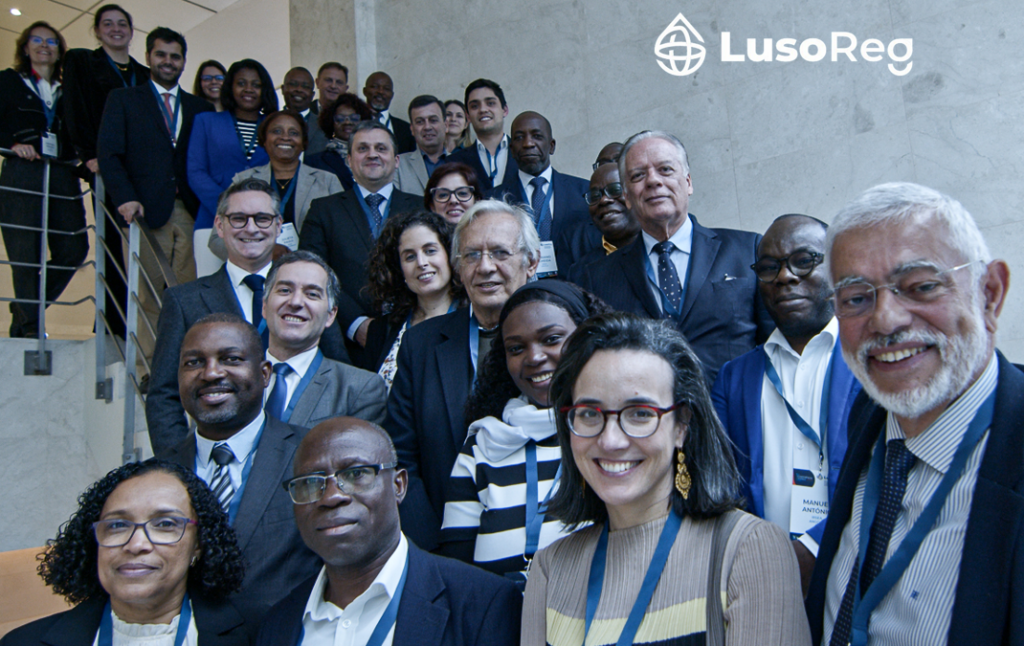Flood and drought events are becoming more frequent, severe and widespread resulting in destabilization of ecosystems, human livelihoods and supporting infrastructure, as well as substantial economic losses. In Thailand the lessons of a 2011 natural disaster have been learnt the hard way, but through research like the Flood and Drought Management Tools Project, countries are taking steps to respond and adapt to extreme climate events.
Dutch traders who mapped the ancient Thai capital of Ayutthaya in 1688 must have felt at home. The map shows a city surrounded by water – used as a natural defense – and a sophisticated network of canals crisscrossing the city. There were once 140 kilometers of canals with a water capacity of 2.6 million cubic metres, used for transport and forming a vital part of the city’s flood defenses.
Ayutthaya sits at a bottleneck where the Chao Phraya and Pa Sak rivers converge. Walking through the ancient ruins today it is clear that the potential threat of water was well understood centuries ago. Ayutthaya lies in the enormous Chao Phraya water basin, stretching from the mountains in the north and emptying into the Gulf of Thailand where the modern capital of Bangkok squats at the mouth of the Chao Phraya River.
In 2011, the devastating floods that caused massive damage and loss of life in Bangkok also caused significant damage to Ayutthaya. Water levels rose by as much as 5.5 metres at the flood’s height. The World Bank estimates that the disaster resulted in over 700 deaths; affected an additional 10 million people; and caused $48 billion dollars worth of damage. This included $21 billion dollars in lost revenues from industry and an estimated $24 billion dollars in damage to property.
The floods were the fourth most expensive natural disaster of all time, so it is no surprise that plans have been developed to adapt to future threats. This includes additional flood protection for Ayutthaya’s UNESCO designated heritage sites including reopening some of the canals, most of which have been built over. The bigger challenge is protecting Thailand’s political and economic capital, Bangkok.
The Ayutthaya Bypass Channel, a 19km long water diversion channel, is a major engineering project that will help lower water levels in the two main rivers converging at Ayutthaya. A more ambitious plan for a second channel has been mothballed due to financial constraints. Telemetry early warning systems have been implemented along the rivers approaching Bangkok, allowing for real time monitoring of rainfall and water levels, permitting quick situational assessments and effective decision-making that could have made a difference in 2011.
Hydrological uncertainty dramatically increases risks for many countries, affecting the organisations responsible for managing river basins, as well as end-users such as water utilities and industries. These risks are multiplied in transboundary settings, when these river basins – often the main source of a country’s water supply – are shared between two or more countries and political realities can obscure transbounday water cooperation.
Thailand is only one of many countries were there is a growing sense of urgency around the need to improve resilience within river basins, and for this to become a critical part of water management planning. We can better prepare for water related risks by integrating information on the increased frequency, magnitude and unpredictability of flood and drought events into planning and analysis processes.
The Flood and Drought Management Tools Project, which aims to improve the ability to recognise and address the implications of flood and drought events, is a global initiative currently being piloted in three transboundary river basins: the Volta Basin in West Africa, the Lake Victoria Basin in East Africa and the Chao Phraya Basin in Thailand.
The project will develop a methodology for river basins that uses tools and Decision Support Systems that will allow the integration of information on floods and droughts. It will also develop technical tools to support flood and drought planning processes, at both the transboundary and local levels. In particular, IWA will be working with water utilities to integrate flood and drought considerations within a Water Safety Plan (WSP) framework, which will increase risk resilience and ensure drinking water quality.
When implemented the Decision Support Systems will help countries and cities better develop their approaches to adapting to flood and drought.
If the need for tools to cope with extreme weather events was in doubt, look again at the Chao Phraya Basin. In 2011 there was 1611mm of rainfall leading to severe flooding; this year, 2014, there has only been 1016mm of rainfall. Water levels in the main reservoirs are the fifth lowest on record. The Chao Phraya is facing a severe drought and farmers have already been warned of water rationing.
*The project is funded by the Global Environment Facility International Waters and implemented by UNEP, with the International Water Association and DHI as executing partners




